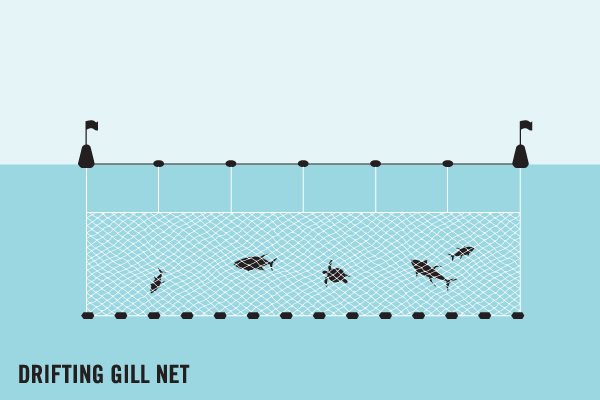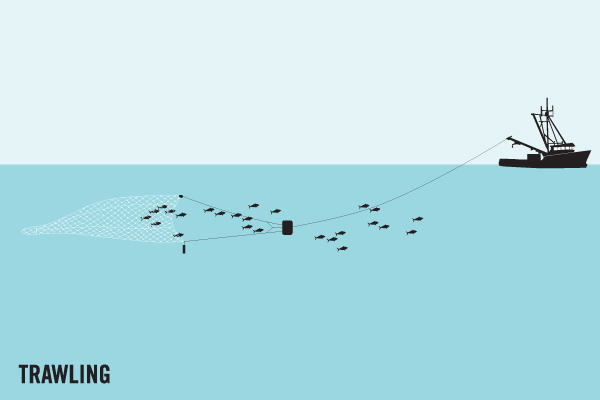Average Weight/Length
Other "Popular" Names for this Fish
Location Habitat
Biology & Physical Description
Geographic Species Map (Fishbase.org Map)
|
|

|
Summary of Distribution: Western Atlantic: Canada to Maine to northeastern Florida in USA and eastern Gulf of Mexico; reaches extreme southern Florida during cold winters. |
|
Note: Distribution range colors indicate degree of suitability of habitat which can be interpreted as probabilities of occurrence (fishbase.org) |
|
Sport Fishing Techniques
|
|
Gill netsGill-nets are the dominant gear in the Indian Ocean. Gill-nets are used in artisanal and semi-industrial fisheries, contributing to 30-40% of the total catch. The net design is comprised of continuous panels of uniform mesh size, aimed to trap fish behind the gills. The International Sustainable Seafood Foundation (ISSF) notes that rates of sharks and turtle by-catch in Indian Ocean gill-net fisheries are high.. |
|
|
|
Kite Fishing (Rig)A Kite Fishing Rig is.... |
|
|
|
Kite Fishing (Trolling)Kite Fishing Trolling is when you are.... |
|
|
|
River DriftRiver Drift means to use the.... |
|
|
|
TrawlingTrawling is when.... |
|
Commercial Fishing Techniques
|
|
Vertical HookingVertical Hooking is when.... |
|
Tackle & Baits
Game Rating
Game Rating : 8.5/10
Game Description :
A hard and willing striker on both natural baits and a variety of artificial lures. Pulls hard for its size, but is too often caught on too heavy tackle.
Food Rating
Game Rating : 7.5/10
Game Description :
The flesh is mild and creamy semi flaky white flesh, is low in fat content, and as delicate in taste as that of Hawaii's Deep Sea Snappers.. Marketed fresh and eaten fried, broiled and baked. Smaller Hapu'upu'u (1-5 pounds) are a favorite in Chinese restaurants while the larger fish are typically filleted and distributed to be cooked in a variety of ways. It can also be portioned to be served raw as ceviche. Sadly, most Sea Bass caught these days are too small to be worthwhile. Steaming is a favorite method of preparing hapu‘upu‘u, especially small fish, in Hawaii. Hapu‘upu‘u is also used in ethnic restaurants to make sweet-and-sour fish and fish head soup.




















 Hawaiian Sea Bass
Hawaiian Sea Bass 







